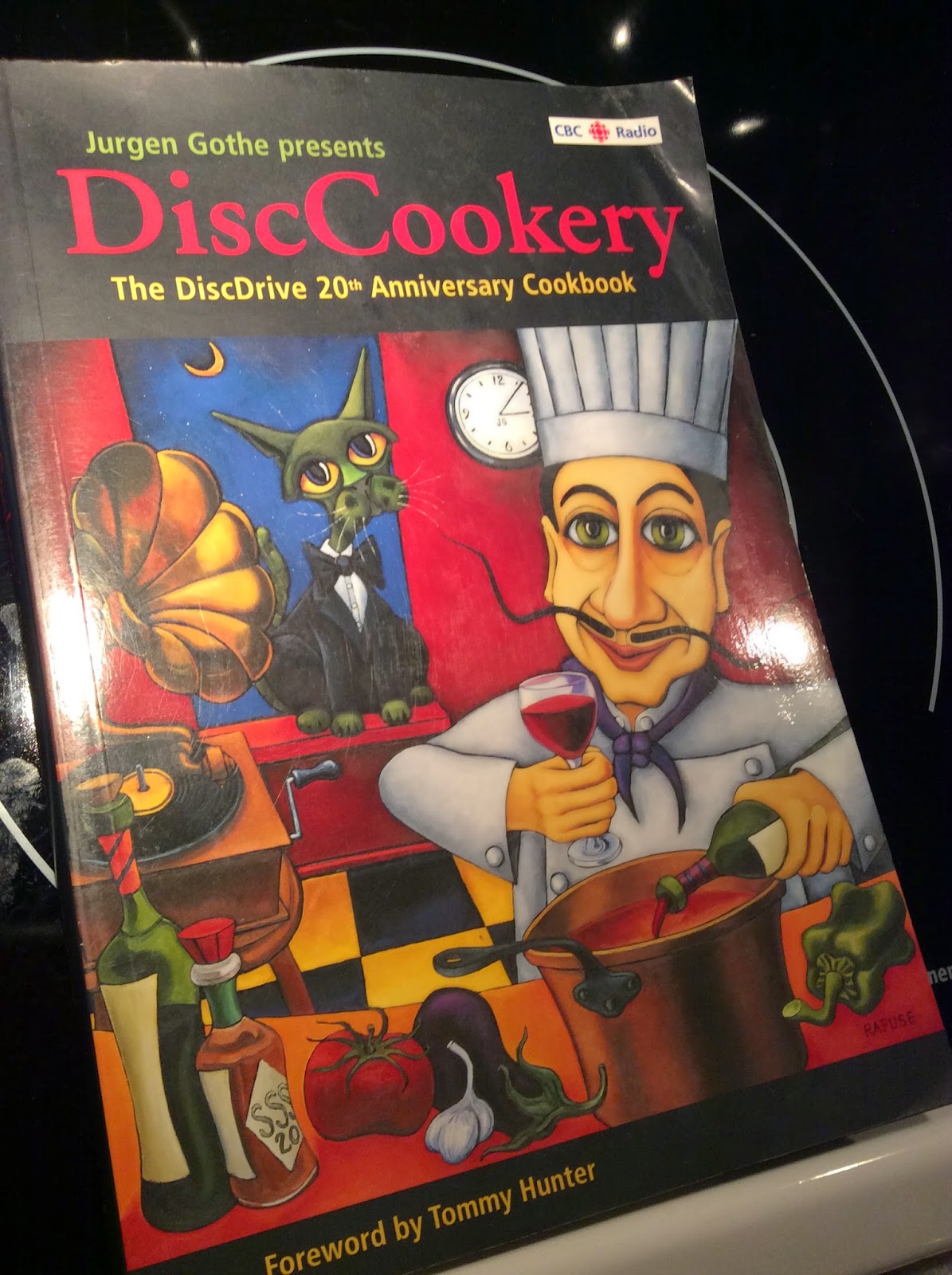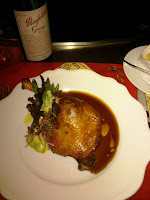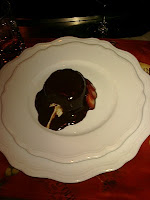I’ve gotten away from food writing, among other things, the last few years. There’s no real reason for this (other than dramatic life events, I suppose) — my love of cooking remains unabated, and I do it several times a week, more than usual the last while, as I stock up my freezer with portion-sized things in anticipation of a busy time.
However, sometimes I don’t crave anything hearty so much as fresh, light, tasty. I love my salads, but virulent IBS doesn’t make it possible to enjoy salads as much as I’d like. It’s only been through trial and error I’ve discovered what my body will and won’t accept: Boston lettuce, yes; kale-anything, no. Based on some tasty recent experiences at a favorite restaurant, I started experimenting with basic ingredients, ones I knew wouldn’t upset me, but would still satisfy my hunger for crunchy, tasty, light… and easy. It may come as a shock to some, but working from home doesn’t automatically mean that nothing is hard, tiring (even exhausting), or draining — quite the opposite, particularly if one happens to live alone.
Regardless of work environment and family status, the last thing one may wish to do at the end of a busy, full day is cook up a large, heavy meal, especially at the end of a winter season that’s already been filled with many meals of that nature. Some very basic washing, blotting, chopping (similar to Nigella Lawson describing stirring as “soothing,” I find chopping has a similar effect on me), and then light mixing, is the best kind of therapy I can think of, not to mention incredibly nourishing.
I’ve been heartened the last little while by the reaction I received to my first “light dinner” experiment; when I posted a photo of my creation on Instagram, the reaction was pleasingly enthusiastic. Tonight I decided to make a follow-up, using a few ingredients I wish I’d originally had, and usually always do have on-hand. I think we all have our basics we like to have at hand — in our pantries, refrigerators, sitting on the counter or breadboard, waiting to be used. My basics (as you’ll see listed below) include flat parsley (also called Italian parsley), cannellini (a white kidney, but smaller), plum tomatoes, roasted red peppers (else a chopped, marinated peppers), feta cheese, kalamata olives, sometimes sun-dried tomatoes, and more often than not lately, radicchio (because I can digest it without trouble; because it keeps for a while; and because it is tasty). These ingredients are in addition to very good olive oil and white balsamic, both of which I always have at hand. I use almost all the ingredients in the recipe below — but if you want to use everything, go for it; feel free to throw in some marinated artichoke hearts, pieces of cooked, chopped chicken breast, and/or snips of curly endive and/or fresh dill, too.
Of course, this should be enjoyed with crusty baguette that has been warmed up quick in the oven.
 |
| Photo: mine. Please do not use without permission. |
Radicchio Dinner Salad
1/2 head of radicchio
1/2 bunch flat parsley
1 plum tomato
1 whole roasted pepper OR 2-3 spoons of chopped peppers from the jar
1 400g/398ml/14 fl oz tin of cannellini, rinsed and drained
8-10 kalamata olives, pitted
1 double-thumb-sized chunk of feta (optional)
6-8 sun-dried tomatoes (optional)
extra-virgin olive oil
white balsamic
fresh pepper
salt
Thinly slice radicchio lengthwise, then roughly chop. You’re aiming for luxurious, longish purple shards. Place in a large salad bowl.
Rinse parsley and roughly chop. Shake excess moisture off. Wrap in a towel to blot water.
Do the same with the cannellini; after rinsing and draining, wrap them in a towel (paper or cloth; either is fine) to absorb the excess moisture. This step is very important, both for flavour, and for the texture of your salad.
Chop plum tomato, keeping mind to discard the seeds before placing in bowl with radicchio. (Again, this affects not only the flavour, but the texture, and if, like me, you have a hard time digesting them, it’s a favour to your body.)
Roughly chop roasted pepper, or measure 2-3 generous spoons of chopped pepper from the jar. Throw it on top of your radicchio. Don’t worry if you get a bit (just a bit!) of the oil from the marinade in there; that gives flavour.
Roughly chop kalamata olives and throw in the bowl.
Same with sun-dried tomatoes, if using, and feta, which you can roughly chop, or crumble with your fingers straight into the bowl.
Retrieve the towel-blotted parsley, then cannellini, adding both to the bowl.
Add a small glug of olive oil, and a sprinkling of olive oil; grind in pepper and salt as you wish.
Toss.
Enjoy (especially with crusty baguette).
Store unused portions in airtight (preferably glass) container.
Easy, delicious, healthy; now wasn’t that easy?



















